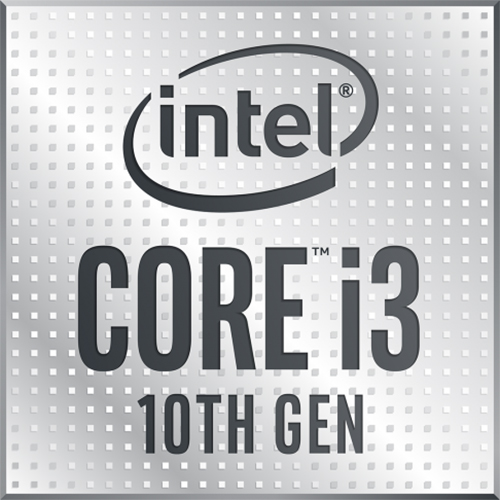

Intel® Core™ i3 processors, support laptops with built-in AI, integrated Wi-Fi 6, and next generation graphics.
You can download the full specification sheet for this processor from our Documentation section (just above):
Comms Express Part No INTBX8070110320:
Model
Intel® Core™ i3-10320 Processor (8M Cache, up to 4.60 GHz)
Product Collection
10th Generation Intel® Core™ i3 Processors
Processor Number
i3-10320
Processor Base Frequency
3.8 GHz
Max Turbo Frequency
4.6 GHz
Cache
8 MB Intel® Smart Cache
Bus Speed
8 GT/s
TDP
(Thermal Design Power)
65 W
Max Memory Size
(dependent on memory type)
128 GB
TJUNCTION
100°C

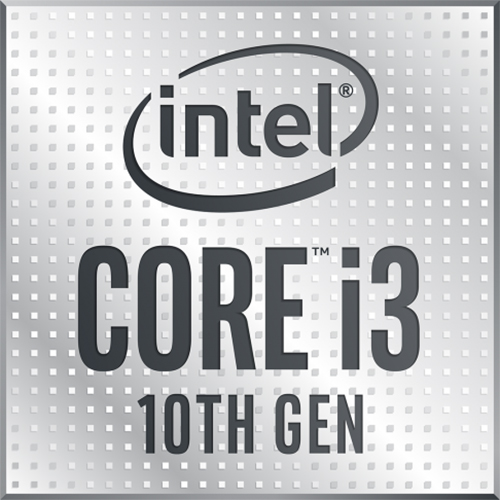

Intel® Core™ i3 processors, support laptops with built-in AI, integrated Wi-Fi 6, and next generation graphics.
You can download the full specification sheet for this processor from our Documentation section (just above):
Comms Express Part No INTBX8070110300:
Model
Intel® Core™ i3-10300 Processor (8M Cache, up to 4.40 GHz)
Product Collection
10th Generation Intel® Core™ i3 Processors
Processor Number
i3-10300
Processor Base Frequency
3.7 GHz
Max Turbo Frequency
4.4 GHz
Cache
8 MB Intel® Smart Cache
Bus Speed
8 GT/s
TDP
(Thermal Design Power)
65 W
Max Memory Size
(dependent on memory type)
128 GB
TJUNCTION
100°C

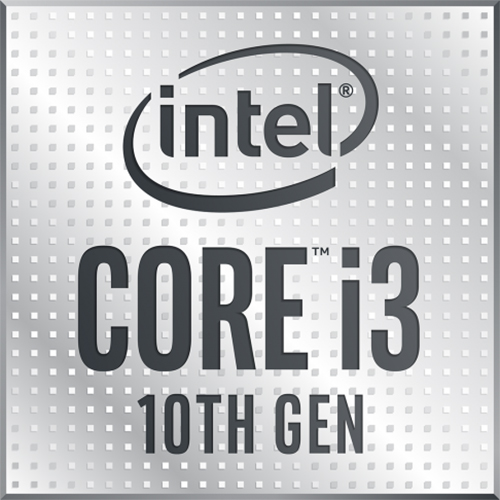

Intel® Core™ i3 processors, support laptops with built-in AI, integrated Wi-Fi 6, and next generation graphics.
You can download the full specification sheet for this processor from our Documentation section (just above):
Comms Express Part No INTBX8070110100:
Model
Intel® Core™ i3-10100 Processor (6M Cache, up to 4.30 GHz)
Product Collection
10th Generation Intel® Core™ i3 Processors
Processor Number
i3-10100
Processor Base Frequency
3.6 GHz
Max Turbo Frequency
4.3 GHz
Cache
6 MB Intel® Smart Cache
Bus Speed
8 GT/s
TDP
(Thermal Design Power)
65 W
Max Memory Size
(dependent on memory type)
128 GB
TJUNCTION
100°C

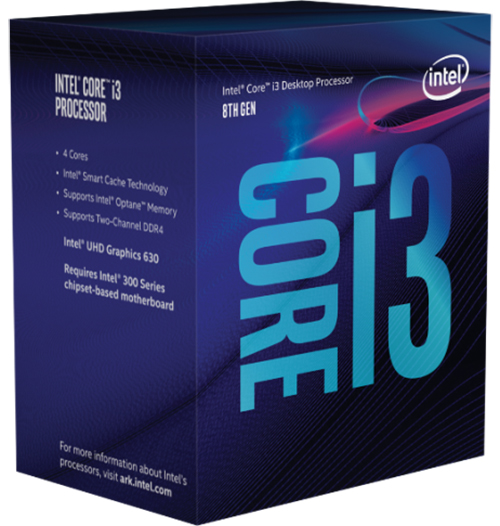

Intel® Core™ i3 processors, support laptops with built-in AI, integrated Wi-Fi 6, and next generation graphics.
You can download the full specification sheet for this processor from our Documentation section (just above):
Comms Express Part No INTCM8068403377415:
Model
Intel® Core™ i3-8100T Processor (6M Cache, 3.10 GHz)
Product Collection
8th Generation Intel® Core™ i3 Processors
Processor Number
i3-8100T
Processor Base Frequency
3.1 GHz
Cache
6 MB Intel® Smart Cache
Bus Speed
8 GT/s
TDP
(Thermal Design Power)
35 W
Max Memory Size
(dependent on memory type)
64 GB
TJUNCTION
82°C

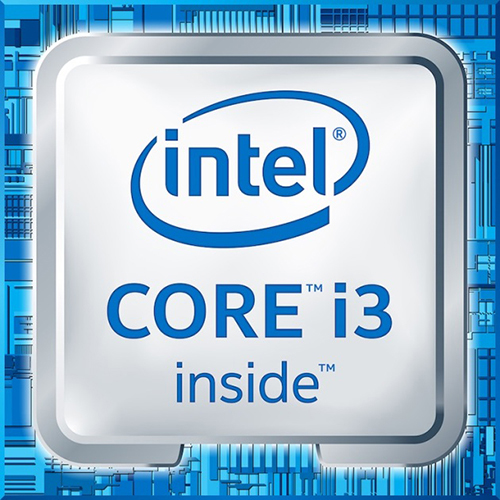

Intel® Core™ i3 processors, support laptops with built-in AI, integrated Wi-Fi 6, and next generation graphics.
You can download the full specification sheet for this processor from our Documentation section (just above):
Comms Express Part No INTCM8066201927202:
Model
Intel® Core™ i3-6100 Processor (3M Cache, 3.70 GHz)
Product Collection
6th Generation Intel® Core™ i3 Processors
Processor Number
i3-6100
Processor Base Frequency
3.7 GHz
Cache
3 MB Intel® Smart Cache
Bus Speed
8 GT/s
TDP
(Thermal Design Power)
51 W
Max Memory Size
(dependent on memory type)
64 GB
TCASE
65°C

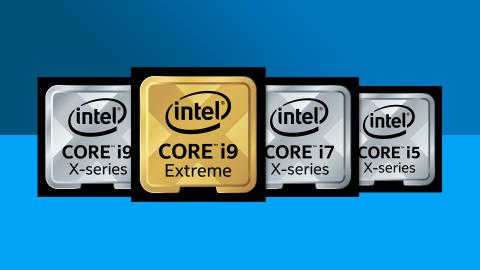
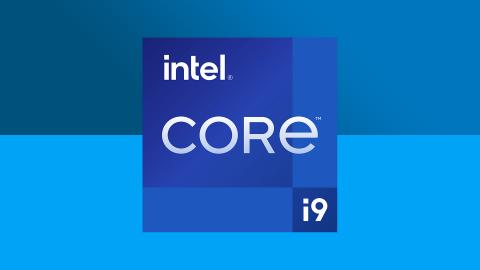
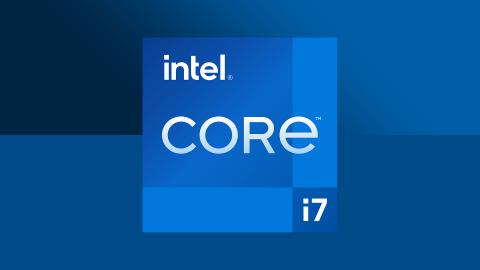
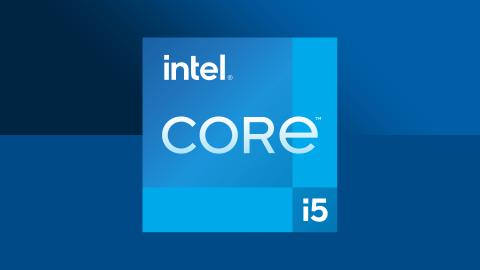
- Review: The 10 Best Wireless Access Points
- Review: The Top 10 Best Ethernet Cables
- What Is An Ethernet Cable And What Does It Do?
- 10 Best CCTV Security IP Cameras For Home & Business
- Review: Best Powerline Adapters In The UK
- Celebrating 20 Years Of Comms Express!
- The Top 10 DrayTek Wireless Access Points
- Best Selling APC Products At Comms Express
- Review: Top 5 Best Performing APC Uninterruptible Power Supply Units (UPS)
- Review: Top 10 Best PDU’s













